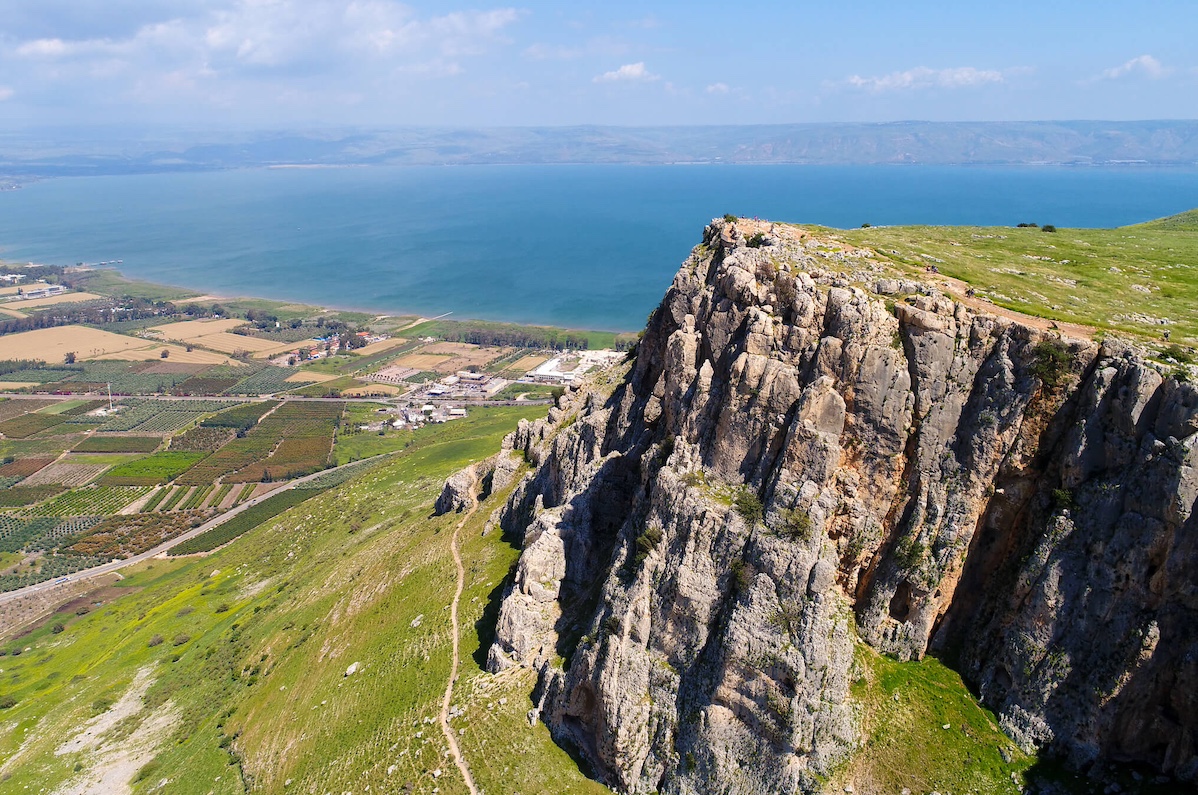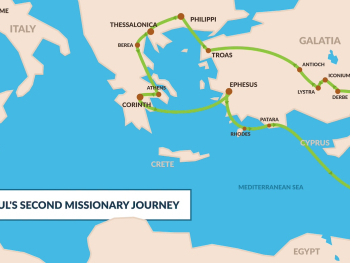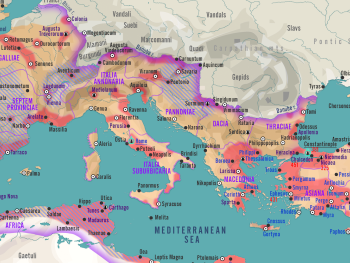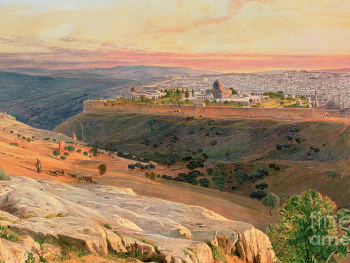The Holy Land holds a special place in the hearts of believers around the world. Its landscapes, cities, and landmarks serve as the backdrop for many of the Bible's most profound stories and teachings. Join us on a virtual journey as we explore the rich tapestry of biblical geography, delving into the significance of key locations and their role in shaping the narrative of scripture.
Unraveling the Mysteries of Biblical Geography:
The Holy Land encompasses modern-day Israel, Palestine, and parts of Jordan and Lebanon. Within this relatively small region lies a wealth of biblical history and significance. From the fertile plains of the Jordan Valley to the rugged terrain of the Judean Hills, each landscape offers insights into the lives of biblical figures and the events that unfolded there.
Tracing the Footsteps of Jesus:
No exploration of the Holy Land would be complete without following in the footsteps of Jesus. From his birthplace in Bethlehem to the shores of the Sea of Galilee, numerous sites throughout Israel provide glimpses into the life and ministry of the Son of God. Walking the streets of Jerusalem, visitors can retrace Jesus' final steps on his journey to the cross, visiting iconic sites such as the Garden of Gethsemane and the Via Dolorosa.
Rediscovering Ancient Cities:
The Holy Land is dotted with ancient cities that have played pivotal roles in biblical history. Jericho, one of the world's oldest continuously inhabited cities, stands as a testament to the enduring legacy of the past. Meanwhile, the ruins of Megiddo offer insights into the ancient world of the Israelites, while the city of Hebron serves as the burial place of the patriarchs Abraham, Isaac, and Jacob.
Exploring Cultural Crossroads:
Beyond its biblical significance, the Holy Land is also a cultural crossroads, where diverse peoples and traditions have intersected for millennia. From the bustling markets of Jerusalem to the serene beauty of the Dead Sea, visitors can experience the rich tapestry of cultures that have shaped the region's identity.
Preserving the Legacy:
As custodians of this sacred heritage, it is our responsibility to preserve and protect the Holy Land for future generations. Through responsible tourism, archaeological conservation, and efforts to promote understanding and tolerance among different faith communities, we can ensure that the legacy of the Holy Land endures for centuries to come.
Exploring the Holy Land is more than just a journey through geography; it is a pilgrimage of the heart and soul. As we walk in the footsteps of our biblical forebears, we gain a deeper appreciation for the timeless truths and enduring lessons contained within the pages of scripture. May our journey through biblical geography inspire us to seek a deeper understanding of God's word and to live lives worthy of the legacy we inherit.






